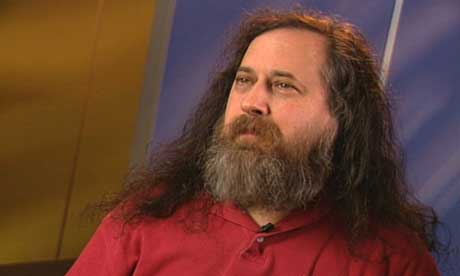INFOCHAT
The Information Center of the I.T. Industryhttp://infochat.wordpress.com/2008/09/16/everythings-gone-green/Everything’s Gone GreenPosted by
Admin on September 16, 2008
Users Are Confused About the Issues and Solutions Surrounding Green IT - Gartner
by: Jerry Liao
Nowadays, most computer companies are talking about virtualization, VoIP, cloud computing, mobility, SaaS, and Green I.T. But it seems the industry made a mistake as somewhere in terms of explaining to users what these technologies is all about. Particularly, Green Computing. What is it really? In general, green computing relates to the use of computing resources in conjunction with minimizing environmental impact, maximizing economic viability and ensuring social duties. But how many I.T. users actually understand what green computing is all about?
As pointed out in a recent study by Gartner Inc, IT users are unsure of the implications of green IT and where to invest their technology budgets. Gartner analyst said this confusion will continue for some years to come in what is a rapidly changing segment of the industry.“The IT industry is saturated with green IT talk,” said Rakesh Kumar, research vice president at Gartner. “Conferences, presentations and consultants are springing up to provide guidance and advice on a range of issues that are being codified under the generic term of green IT. Unfortunately, with so much hype, users are left with a sense of confusion about where and when they should invest their time and money.”
There is a great deal of uncertainty about which green technologies and products are actually available today and which may become available in the future. The future “productization” of technologies will not just depend on the maturity of the design but also on the prevailing market conditions and the possibility of future legislation.
However, Gartner research shows that the spectrum of green technologies, services and legislation that users need to focus on can be broken down into short-term (immediate), midterm and long-term activities. The immediate issues affect the next 24 months and need to yield a quick return on investment while the midterm category covers the next five years. The long-term category covers products and activities that are, by nature, rather esoteric and may never become mainstream.
Immediate Green IT Issues for Users to Focus OnImmediate Green IT issues center around power, cooling and floor space problems in data centers and office environments. With this in mind, Gartner has identified eight important areas for users to focus on during the next 24 months:
- Modern data center facilities’ design concepts
- Advanced cooling technologies
- Use of modeling and monitoring software
- Virtualization technologies for server consolidation
- Processor design and server efficiency
- Energy management for the office environment
- Integrated energy management for the software environment
- Combined heat and power
Midterm Green IT Issues for Users to Focus OnDuring the next two to five years, many green technologies will mature and become important to IT groups looking to develop greener IT organizations. However, much of the planning and assessing of the appropriateness and cost of using these new products needs to be examined earlier and in the context of an overall IT strategy. This is especially the case where government legislation (affecting building design, for example) may come into force. Gartner highlights eight areas in this category:
-Green IT procurement
-Green asset life cycle programs
-Environmental labeling of servers and other devices
-Videoconferencing
-Changing people’s behaviors
-Green accounting in IT
-Green legislation in data centers
-Corporate social responsibility (CSR) and IT programs
Long-Term Green IT Issues for Users to Focus OnThere are many green IT technologies, services and projects that will span the next five to 20 years. Much of the industry hype (or “greenwash”) sits in this area and is causing confusion for users. They are unclear about whether carbon-trading programs will become the norm, or whether it will be possible to recycle energy from data centers in a simple and cost-effective way. Gartner has identified the following seven areas to focus on:
-Carbon offsetting and carbon trading
-Data center heat recycling
-Alternative energy sources
-Software efficiency
-Green building design
-Green legislation
-Green chargeback
I am just wondering if the I.T. companies themselves understand what green computing is all about. There are some vendors who would sell products and/or solutions to consumers without knowing what the product is all about and how it would benefit their clients. For the nth time, vendors should realize that the word marketing is not just about selling, its about establishing relationship / partnership with your clients. Earn their trust and be sincere, and you don’t have to do any selling anymore.
Possibly related posts: (automatically generated)
My Plan for Continual Learning about TechnologiesHave you tried turning it off, and on again.Global Green USAThis entry was posted on September 16, 2008 at 8:48 pm and is filed under
Digital Citizens. . You can follow any responses to this entry through the
RSS 2.0 feed. You can
leave a response, or
trackback from your own site.


















































